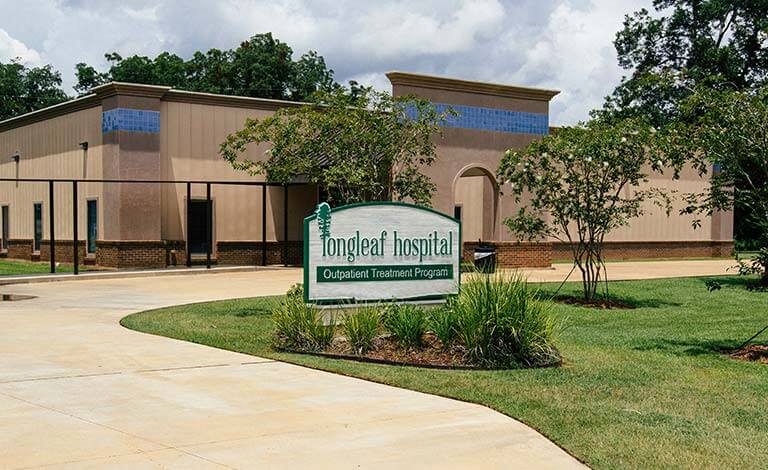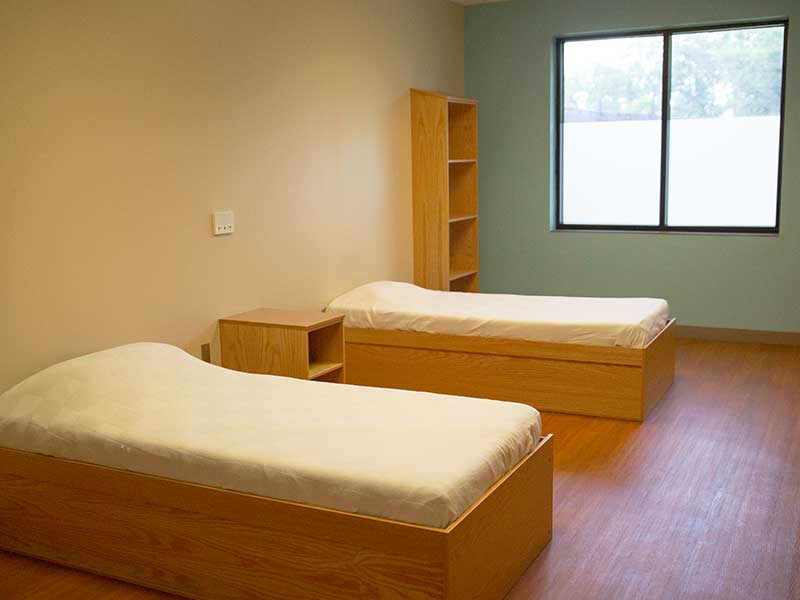Schizoaffective disorder is a distressing and potentially devastating type of mental health disorder. Individuals who struggle with schizoaffective disorder will experience symptoms of schizophrenia along with symptoms of either manic episodes or major depressive episodes.
Understanding Schizoaffective Disorder
Learn about schizoaffective disorder
These symptoms can have a profoundly negative impact on a person’s ability to live a healthy and satisfying life.
In order for an individual to be accurately diagnosed with schizoaffective disorder, he or she must meet the following four criteria:
- Uninterrupted period during which the individual has a major depressive episode or manic episode at the same that that he or she is also experiencing certain symptoms of schizophrenia (including delusions, hallucinations, disorganized speech, disorganized or catatonic behavior, and diminished emotional expression or avolition)
- Having delusions and/or hallucinations for at least two weeks in the absence of a major depressive episode or manic episode
- Having symptoms that meet the criteria for a major mood episode (either manic episode or a major depressive episode) that persist during the active and residual portions of the illness
- These disturbances cannot be attributed to another mental health disorder or to the effects of substance abuse
Symptoms of schizoaffective disorder can appear at any time during adolescence and adulthood, though the onset of symptoms most commonly occurs in early adulthood. Due to the complexity of the disorder and the presence of symptoms that are also characteristic of other mental health disorders, the American Psychiatric Association (APA) has noted that it is not uncommon for adolescents and adults who seek professional treatment to be initially diagnosed with another disorder before receiving an accurate diagnosis of schizoaffective disorder.
Receiving an accurate diagnosis and a personalized treatment plan can lead to improved quality of life for adolescents and adults who have been struggling with schizoaffective disorder. With effective professional treatment, a person can experience relief from certain symptoms and learn to manage other symptoms. Treatment at a residential program, hospital, or clinic often involves medication, therapy, and education.
Statistics
Schizoaffective disorder statistics
The APA reports that about 0.3 percent of the population will experience schizoaffective disorder during their lifetime, with women being more likely than men to develop this disorder. According to the National Alliance on Mental Illness (NAMI), men who have schizoaffective disorder typically display symptoms at an earlier age than women do. The APA has also reported that about 5% of people who have schizoaffective disorder will end their lives via suicide.
Causes and Risk Factors
Causes and risk factors for schizoaffective disorder
As is the case with most mental health disorders, there is no single cause for schizoaffective disorder. A person’s risk for developing this disorder may be influenced by a variety of factors, including the following:
Genetic: A person’s risk for developing schizoaffective disorder will increase if that person has a parent or sibling who also struggles with this disorder. Having a history of bipolar disorder or schizophrenia among close family members can also increase a person’s risk for schizoaffective disorder.
Risk Factors:
- Being female
- Age (initial onset of schizoaffective disorder typically occurs in young adulthood)
- Family history of bipolar disorder, schizoaffective disorder, or schizophrenia
Signs and Symptoms
Signs and symptoms of schizoaffective disorder
As noted earlier on this page, schizoaffective disorder is characterized by symptoms experienced by a person who has schizophrenia as well as symptoms that are consistent with episodes of mania and/or major depression. Every person who struggles with schizoaffective disorder will be impacted in a unique manner, but the following are among the more common symptoms of this disorder:
Schizophrenia symptoms:
- Not attending to personal hygiene
- Visual and/or auditory hallucinations
- Delusions
- Catatonia
- Disorganized thinking
- Erratic behaviors
- Difficulty effectively expressing one’s thoughts
- Problems with memory
Major depressive symptoms:
- Extreme sadness
- Feelings of worthlessness
- Pervasive fatigue
- Changes in appetite and resultant weight loss or gain
- Disrupted sleep patterns, including insomnia or hypersomnia
- Psychomotor agitation or retardation
- Problems with focus and concentration
- Inability to make decisions
- Loss of interest significant activities
- Recurring thoughts of death and dying
Mania symptoms:
- Racing thoughts
- Talkativeness
- Inflated sense of self-confidence and self-esteem
- Euphoria
- Apparent lack of need for sleep
- Excessive energy and heightened activity levels
- Risky or reckless behaviors
Effects
Effects of schizoaffective disorder
A person who struggles with schizoaffective disorder, and who does not receive effective care to alleviate and/or manage symptoms, may experience a variety of negative effects, including but not limited to the following:
- Inability to form and maintain healthy interpersonal relationships
- Family discord
- Increased likelihood of experiencing various medical problems
- Substandard performance in school, possibly leading to academic failure
- Poor performance at work possibly leading to job loss and chronic unemployment
- Physical injury due to reckless and/or risky behaviors
- Social withdrawal and isolation
- Substance abuse and addiction
- Self-harm
- Suicidal thoughts and actions
- Decreased life expectancy
Co-Occurring Disorders
Schizoaffective disorder and co-occurring disorders
Individuals who struggle schizoaffective disorder may also be at increased risk for certain co-occurring disorders, including the following:
- Anxiety disorders
- Substance use disorders












